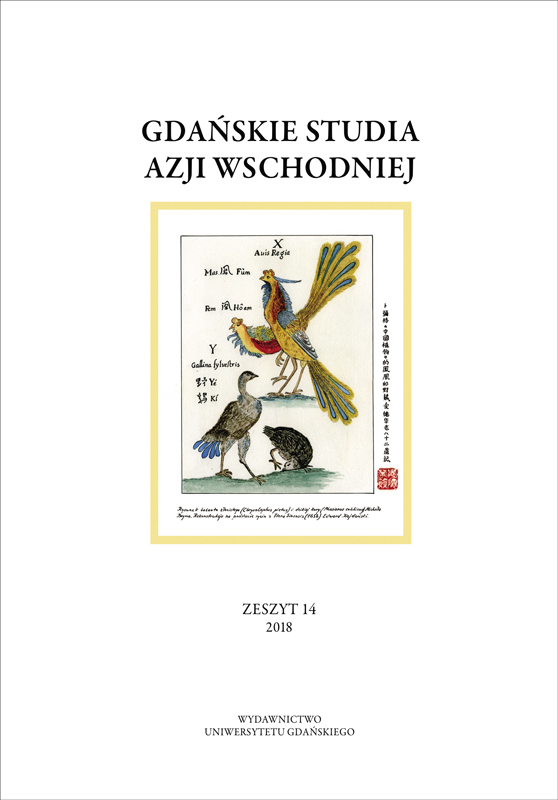Wyspa Hashima wpisana na listę UNESCO jako dowód wielkości i uznania japońskiego przemysłu i myśli technologicznej
Hashima Island’s recognition as a UNESCO World Heritage site – proof of the recognition of Japanese industry and technology
Author(s): Karolina ChrólSubject(s): Customs / Folklore, Cultural Anthropology / Ethnology
Published by: Wydawnictwo Uniwersytetu Jagiellońskiego
Keywords: Hashima Island’s
Summary/Abstract: Hashima Island, also called Gukanjima (Battleship Island), is now known as an abandoned coal mining site. It lies close to the coast of Nagasaki city, in southern Japan. It has been uninhabited since 1974. The Mitsubishi company populated Hashima Island by bringing in workers for coal mining. To provide them with homes, large concrete housing estates were built from the island’s mined minerals and in line with new sustainable technologies.The reason why people decided to live in such an inaccessible and unfriendly place was purely economic – because of the available carbon resources. At the time, the island was the most populated place in the world – over 5,000 inhabitants lived there – and it was deserted overnight. Today no sign of people or even animals can be found there. Over the decades that followed, Hashima was left alone. The island has been eroded by forces of nature, and the abandoned buildings have disintegrated. This has formed an atmosphere of desolation and eeriness. At its peak, the island drove the industrialisation of modern Japan. The inclusion of the island in the UNESCO World Heritage list and increased media attention have revived the history of Hashima, consequently amplifying its contribution to the industrial and cultural heritage of Japan and the whole world. This article presents the rise and fall of the island as a coal mine and its shift towards its industrial heritage, a UNESCO heritage, which was paid for by the exile and forced labour of people.
Journal: Gdańskie Studia Azji Wschodniej
- Issue Year: 2018
- Issue No: 14
- Page Range: 128-140
- Page Count: 13
- Language: Polish

